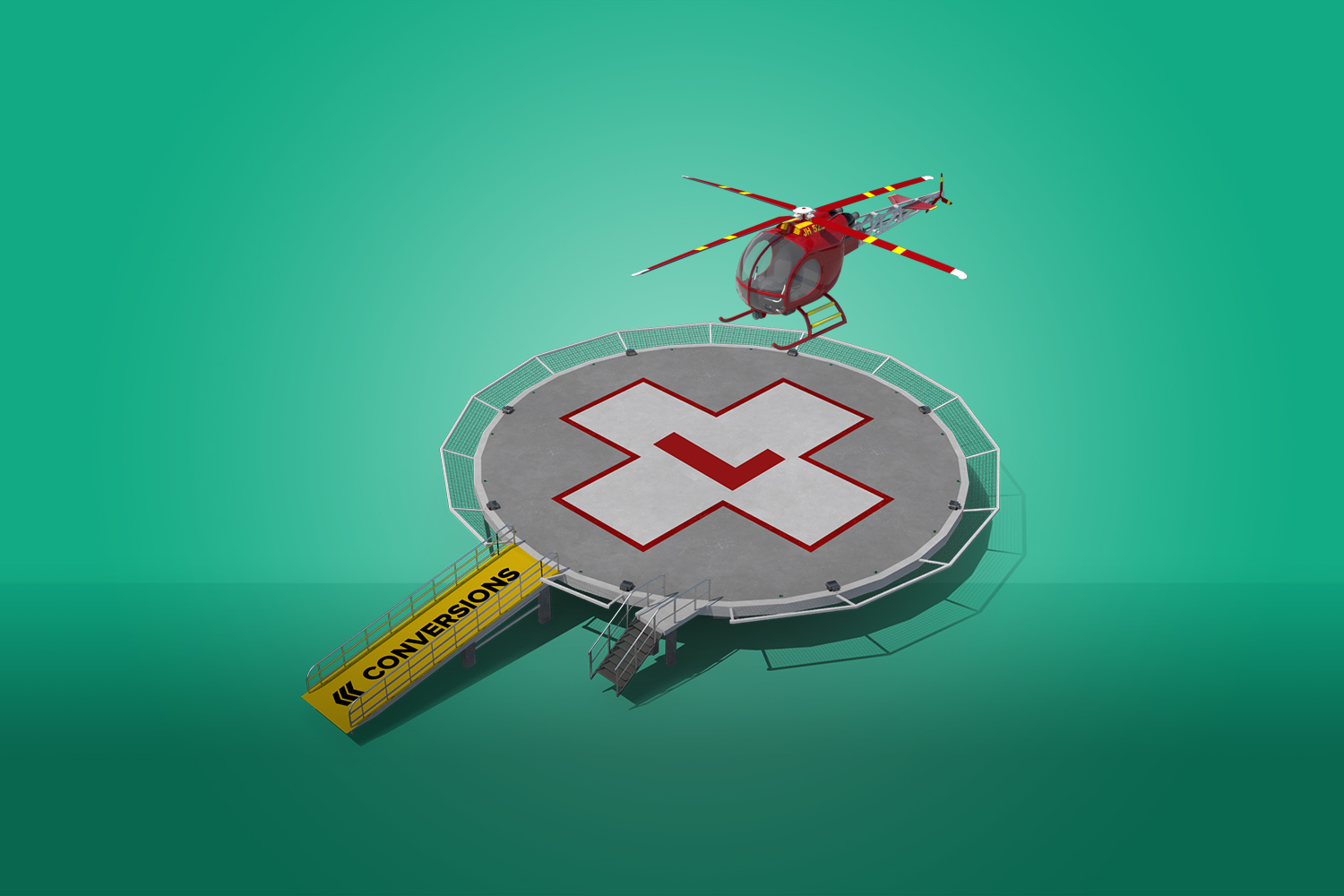The last article published gave a lot of insight and ideas for improving conversion as it pertains to click-through rates. To follow up on that, we’re going to take a look a little further down the sales funnel to where a person will go when they make that click: landing pages.
This is one of the items in the sales funnel that pulls a lot of weight. Customers may be intrigued by an ad, but if they click to a landing page that is unsatisfactory it can result in a missed opportunity for the company. Many ads lead to brand websites, or pages within them, but having dedicated landing pages for an ad campaign can really help conversion rates.
Focus on the User Journey
To optimize landing pages and increase conversion rates, it is important to hone in on the user journey. Thinking about all aspects of the journey they took before reaching the landing page can provide a strategy to satisfy what they need when they get there. This can be applied to everything from photography to forms.
This isn’t meant to imply that one layout needs to be a unicorn of landing pages. What it does mean is that landing pages should have variants to increase optimization. From testing and research, Instapage recommends that variants should have around 20-50% differences to match varied ad groups a user falls into. Some examples of user journeys to consider:
- Location: if ads are being geo-targeted to different audiences, make sure the landing page matchings the ad. For example, someone in NYC clicking on a real estate ad should be taken to a landing page with city images, not suburbs.
- Demographics: similar to location, landing page imagery should be optimized to allow the user to see themselves as a potential customer.
- Verbiage and tone: Landing page headlines and body copy should align with whichever ad was clicked on. This allows consistency in a message that is working for the user.
- Previous platform: Did the user click on an ad from a desktop website or a social media post on their phone? Knowing this can provide key insight to the amount of time and attention span they have for the landing page.
- Purchasing state-of-mind: did the user come from more of an awareness ad or something meant to get them lower in the funnel? Providing actions and info relevant to where they are in the journey can greatly increase the wanted outcomes.
Utilize Technology & Testing
Beyond the front-end optimizations like imagery and copy, technology behind the page can also play a big part in user experience.
Thinking back to how a user got to the landing page—be it from a website, social post, etc—should influence how a page is created. If you have a user clicking an ad from Snapchat they are in a mindset to expect quick info. No one likes a slow-loading page to begin with, but in these cases the attention span is even shorter. Avoid the bells and whistles of a mobile landing page in favor of clean, fast-loading pages to deliver information quickly.
Heatmaps are a simple and effective way to determine the performance of a landing page in totality. Viewing where people spend their time, or how they click can be effective in knowing how to tailor content. For example, a user may try to click on an area of a page that is not a link or a button. A heatmap can show where areas of improvement can be made, like creating new clickable areas to allow better user flow through the funnel.
Another widely used optimization method is A/B testing. Pages with variant messaging, layout or images that are tested against each other can reduce acquisition costs by up to 50%. It is important to remember the variants you are testing, and not make the pages so different that you aren’t sure what part of the variant is leading to your success. And the general rule of thumb is to test no more than three landing pages at one time; this means one baseline page, and two testing options.
Overall, experimenting with variants, testing and user flows can help with conversion metrics like lead generation, product trials and more. These types of optimizations need buy-in from the entire team, including strategy, design and marketing because they can require more work than a generic landing page. But the results can easily outweigh the work put in by raising conversion rates and lowering acquisition costs.
